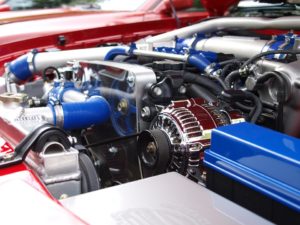Automotive repair has shifted dramatically in recent years thanks to advances in technology. What was once hands-on nut and bolts work with wrenches and screwdrivers is now push-button and computer work with mainframe resets.
These modernizations in auto repair have brought to bear many positive changes for consumers though a few negative ones as well. For instance cars, trucks and SUVs last longer than ever before. Vehicles today routinely rack up 100K miles; 25 years ago, this was considered a major milestone.
Dashboard lights may or may not signal issues
A car’s dashboard used to have a handful of lights to signal major diagnostic problems such as the dreaded “check engine” light. Today, cars generally come with a dozen different dashboard lights that can signal everything from a punctured tire to traction control malfunction. The downside with all these elaborate dashboard lights is that they have lost some of their reliability. Oftentimes, these dashboard lights go off when they shouldn’t. Today, “check engine” is just as likely to signal a loose gas cap as it is a serious engine repair problem.
Improved diagnostics for auto repair done right
When bringing your vehicle to a repair shop in San Diego, the mechanics are able to use advanced computerized systems to better diagnose your vehicle and to do it in much less time. These diagnostic tools are particularly helpful for more complicated auto repairs such as transmission and engine repair. This speeds up the entire repair process, makes for less guess work, and increases the chances that the repair will be done right.
Yet these innovative diagnostics systems, while highly effective, can also come with their own set of issues. One common problem is a training gap. Mechanics have to be continuously trained on how to use these new systems and keeping pace can be challenging for a lot of shops.
Simple repairs become more complex
While the process for correctly diagnosing car repair has improved, some relatively simple repairs have become much more complicated and time consuming because of the technology. Brake repair is one such example. With anti-lock brake systems, brake repair involves the use of sensors and a number of different parts and systems. With more parts involved, there are more things that can go wrong and more systems to test, diagnose and repair. Moreover, the cost of the parts themselves has increased as a result of the technology attached to them.
So while advances in technology have produced a number of benefits, it also comes with its own set of disadvantages as well. We’ll just have to wait and see what the next phase of advancements has in store for the automotive world.
Request Appointment







